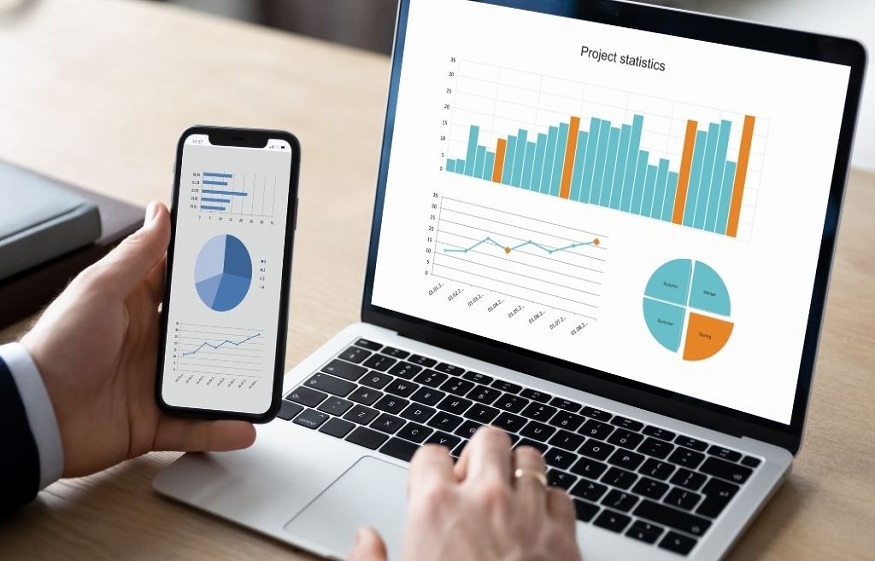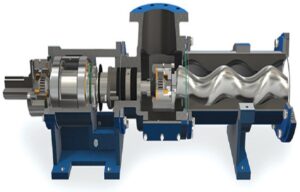How to Price Your New Products?

When it comes to launching a new product, setting the right price can be one of the most critical decisions you make. Pricing your products too high can result in low sales while pricing them too low can lead to a loss in profits. Finding the right balance i.e price optimization is essential.
Companies sometimes make pricing mistakes by either setting prices based on their competitors’ prices, their gut feeling or past sales reports. This “guesswork” approach carries significant risks and can ultimately harm sales. However, by utilizing price optimization tools, businesses can determine the most accurate prices for their products or services. These tools align costs with profit margins, resulting in increased profitability for the company.
Why is Pricing Optimization Essential?
To strike a balance between profit, value, and customer demand, price optimization is crucial. Organizations cannot simply set a starting price and apply discounts without first identifying the most in-demand features and products. The starting price should reflect the perceived value of the product or service before any discounts are applied. Offering discounts can help attract new customers, but price optimization is necessary to determine the optimal price points and discount levels.
Challenges Faced in Price Optimization
-
Traditional Rule-Based Pricing Algorithms
Conventional pricing algorithms that rely solely on historical data do not consider various factors such as seasonal changes, the impact of similar products, inventory shortages, special occasions, weather conditions, or information about competing products. Consequently, they may not accurately forecast demand at different price levels.
-
Identifying Price Sensitivity
Determining the price elasticity of a product is crucial for businesses. If a product has high elasticity, even slight price adjustments can significantly affect its demand. Conversely, if a product is inelastic, changes in price are unlikely to have a significant impact on its demand. However, calculating price elasticity at a granular level can be challenging.
-
Considering Revenue and Margin Targets
Many companiesfail to consider crucial factors such as price elasticity, future revenue goals, and the level of margin a business is willing to sacrifice in order to determine an optimal pricing strategy that maximizes profits.
Demand planners and marketers often encounter challenges when trying to anticipate how a product’s demand will be affected by changes in its price. This can create tension between their respective goals, with one aiming to predict demand accurately and the other seeking to maximize revenue. To optimize revenue while minimizing operating expenses, it’s crucial for these two groups to collaborate effectively.
Demand planners often encounter challenges in predicting demand for products that have never undergone price changes, such as newly launched products. In such cases, marketers and planners may resort to non-statistical approaches or rely on their intuition to forecast demand at different price levels. However, this may lead to suboptimal outcomes, including stockouts, inefficiencies, and capital wastage. To mitigate such risks, demand planners and marketers should adopt robust real-time demand prediction solutions to make informed pricing decisions and accurately forecast demand.
Pricing Products Accurately
Price optimization can be done better with AI technology to help serve Retail, E-commerce, Q-commerce, and QSR businesses. By constantly monitoring shifts in demand patterns, the tool empowers demand planners to quickly adapt and avoid stockouts or inventory pile-ups, ensuring that customers can always find the products they need. The platform leverages nine different signals, including historical trends, seasonality, and cyclicity, to generate a base-level demand prediction. This prediction is then enhanced with additional data, such as changes in pricing, promotional activities, and external factors like holidays and weather, resulting in a more precise and accurate demand pattern.
Let’s explore how can AI-based software tackle the difficulties in price optimization by utilizing its scenario planning module to enhance demand forecasting and conduct simulations to factor in the effects of price changes.
Price Sensitivity
Through the tool’s AI engine, price sensitivity can be computed at extremely detailed levels, and future demand can be predicted based on such increases. The pricing and promotions planning module employs a price sensitivity curve for each SKU-geography pairing to assess the consequences of altering prices. Kronoscope users can devise a strategy for the upcoming period by modifying the forecast chart directly, allowing them to alter the price point and visualize the resulting impact on demand.
The price optimization software determines the demand figures by computing the price sensitivity of each Stock Keeping Unit (SKU) across all stores. As a result, it offers demand numbers that have been adjusted for prices.
Price Optimization
The price optimization software has the ability to compute and suggest price points that can optimize the objective function and meet revenue targets in accordance with a company’s wallet share and margin limitations. It also recommends the achievable percentage target with the help of optimized pricing.
Once the calculations are finalized, demand planners can integrate the updated demand figures into the purchase and replenishment planning modules. Furthermore, the software can predict the demand for new product releases by intelligently associating them with existing or similar product assortments.
With price optimization software, businesses no longer need to rely on guesswork to strike a balance between revenue and demand figures. The tool offers a powerful solution for demand planners and marketers to achieve their objectives in alignment, as they can observe the effect of strategic pricing on demand planning in real time.
About the Company
Kronoscope by Fountain9 is an AI powered software that provides price optimization solution for companies to determine optimal prices for their products by analyzing features and the market. Their software, Kronoscope, automates pricing processes and helps set competitive prices that lead to increased sales and profits. By finding the right balance between product value, customer expectations, and profit margins, businesses can satisfy their customers and optimize profits.






